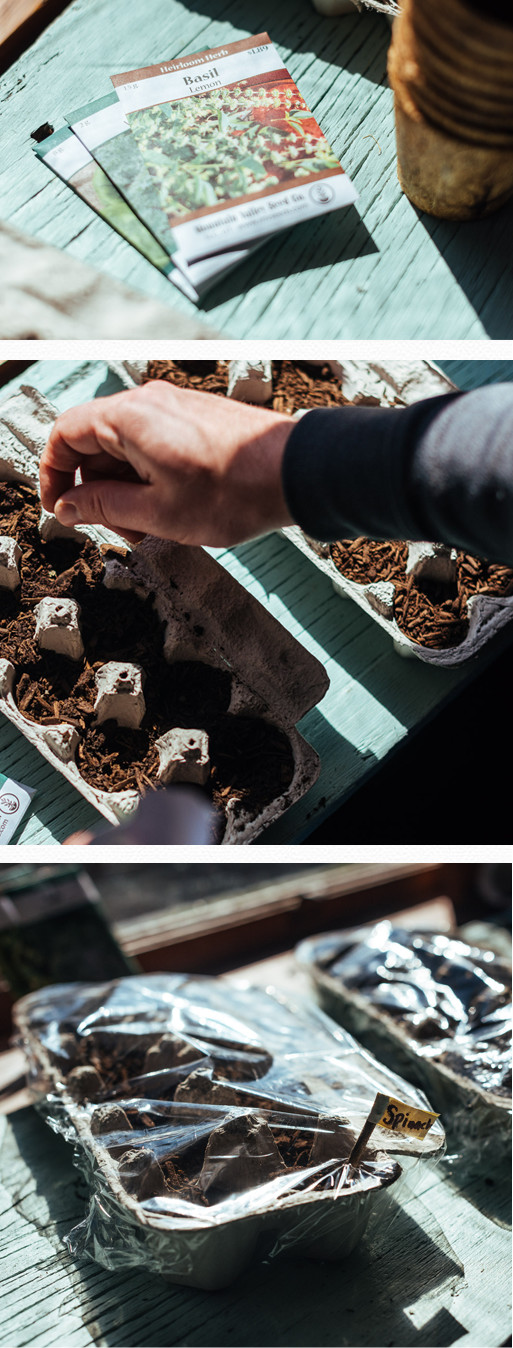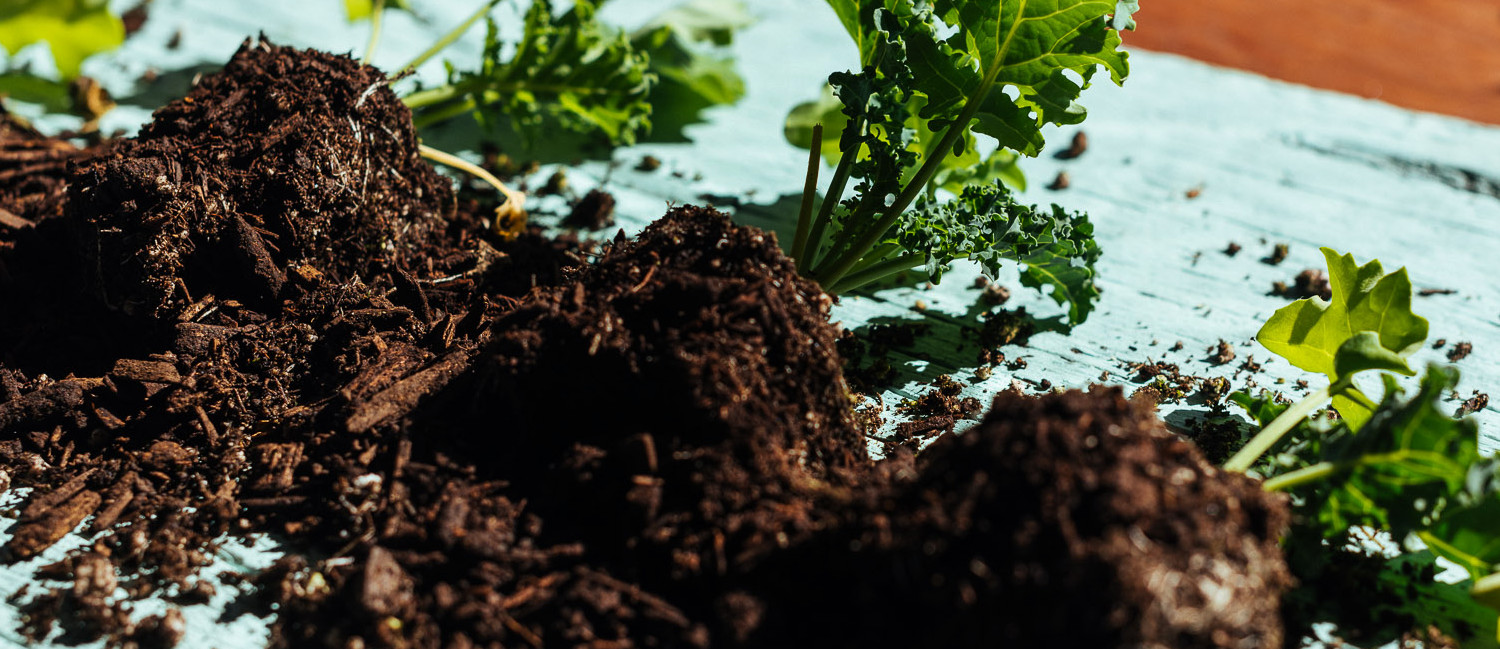You’re much more likely to make nourishing meals and juices right at home if you have the freshest possible veggies and herbs on hand — from your very own garden at that. Our friend and master gardener Theresa Drulard says it’s easier than you might think. And now’s the time to give nature’s goodies ranging from spinach and Swiss chard to parsley and rosemary the early start they need to go into the ground when spring is in full swing.
Step 1:
Find out the last frost date from a local nursery or extension program. You typically want to start seeds indoors 4-6 weeks before the last frost date.
Step 2:
Fill an empty egg carton or other grid of small seed-starting containers 3/4 of the way with organic compost/potting soil.
Step 3:
Read your seed packets to determine whether they need soaking before planting and how deep and close together to plant them.
Step 4:
Put your plants in a sunny windowsill, make sure it’s around 65 degrees inside and keep the soil moist. Use mister and put plastic wrap or plastic covers over the soil to maintain moisture.
Step 5:
Look out for sprouts in 6-10 days. Once you have 2-4 true leaves, transplant into 3” pots.
Step 6:
A week or so before putting plants into the ground, start “hardening them off” or getting them ready for the outdoors. Set them in a slightly sheltered area outside for a few hours a day, then increase the amount of time throughout the week until you plant them in the ground.
Step 7:
Transplant your veggies a few inches deep into fertilized, worked soil that can be watered easily. And add seeds every few weeks throughout the warm season to keep your crop going strong.
Follow these simple steps to give your wellness journey a boost and nurture your green thumb while you’re at it. Whether you’re planting cabbage and kale or lemon balm and basil, you’ll get the joy of growing your own fresh, nutritious goodness — and sharing it with the people you love.


